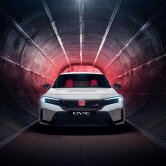#1 Meal can Do
By Elise Coudré & Mie Goffin
What does eating mean to you? Does it simply fulfill your body’s need for nutrition? Or is it a social act that serves to connect you with loved ones? Maybe you eat when feeling certain emotions. Possibly those emotions can make you stop eating at all…
Eating is a multisensory experience. Designing for eating comprises more than enabling people to prepare and serve food. It means shaping the way the eater will feel while being occupied with consuming the food items.
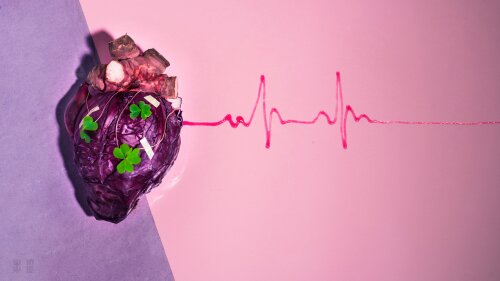
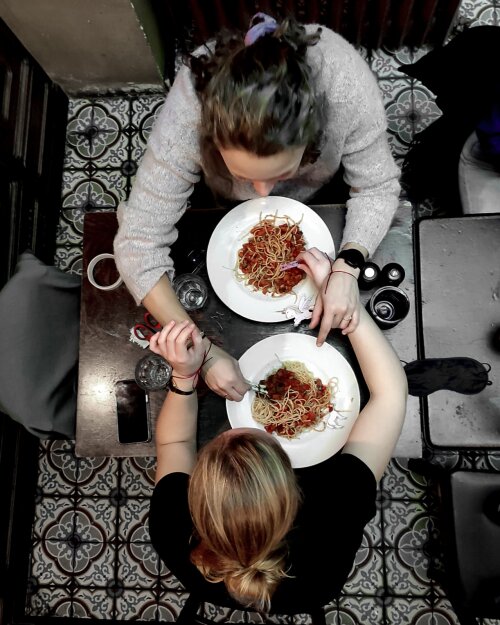
During the scope of this workshop, students will take a deep dive into the world of food design in all its facets. We will create an innovative eating setting together, while applying design thinking methods on a meal. The week will allow us to discuss different food design concepts and to do self-exploratory research on meals. We will give the students lots of inspiration, different entries into the field and a safe space to experiment and test.
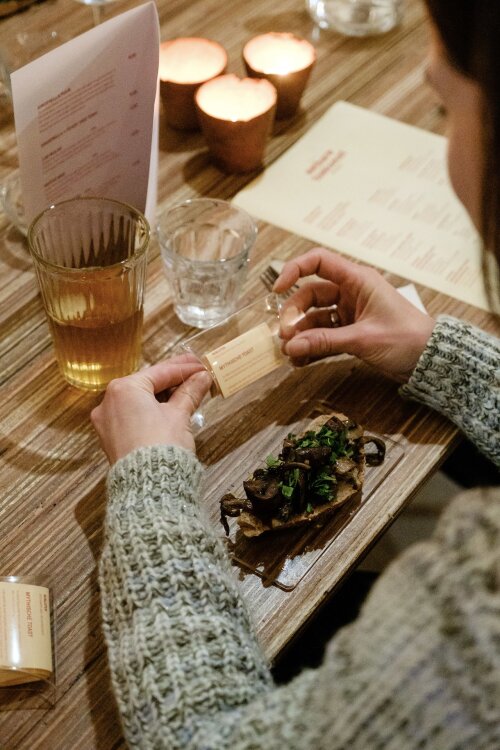
The goal in this workshop is to invite the students not only to research the taste of their own meals, but also to explore how food affects our senses, connects us to others and shapes our personal and cultural identity. It's all about discovering new perspectives on the meaning of food and shaping it by thinking out-of-the-box.
#2 SPECULATIVE MAKING: Creative Alchemy for Redundant Garments.
By Sally Stone & Joan Beadle
This is an adaptive reuse project that examines the process of up-cycling as an instigator for creating new products. This builds towards this century’s environmental urge to adapt, transform, and build human experiences, rather than construct new things.
This project investigates the latent potential contained within found material resources. We will work directly with the properties of pre-used clothing. Our discoveries will allow us to propose products that support and protect us in our daily interactions and working practices, whether these are bureaucratic activities, leisurely meanderings, or frenetic creativities.
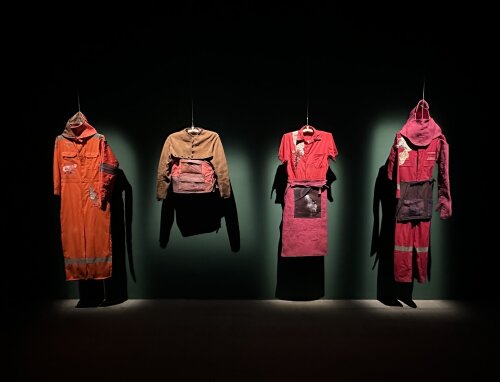
This proposal aims to:
- Explore innovative and alternative design skills and techniques
- Repurpose found materials into speculative products for imagined futures
- Reprocess these found materials to provide altered but continued usefulness
- Explore sustainable practices to create desirable futures for the already worn
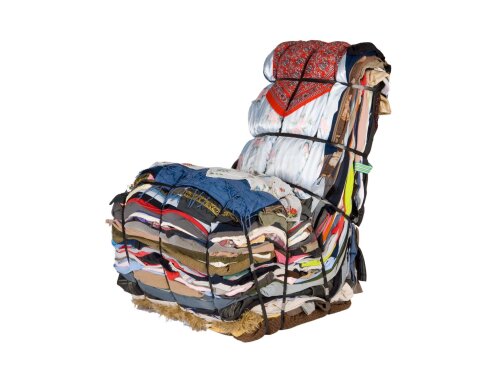
This is a learning-through-doing project; a radical design activity that is based upon the gathering of in-sights and knowledge about an object of research, which is then analysed and interpreted through the actual design process. This project will meld body and space to design artefacts and create spaces and objects that provide basic protection and support. We will work with an expansive approach to materiality: thinking through making, and, inventing methods of deconstruction and reconstruction. We will find ways in which materials can suggest purpose.
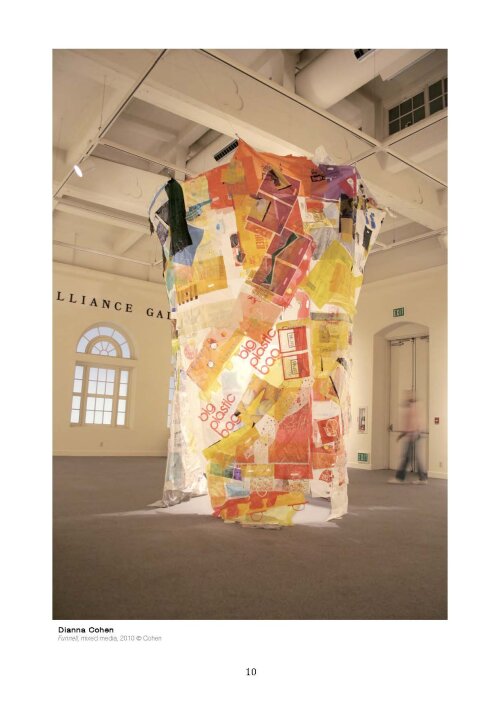
The global production of Fast Fashion results in a legacy of short use garments which are sometimes resold and re distributed, but often ending up deposited in landfill sites around the world. Creative practice can help us to reconsider the potential of these items and instead of viewing them as redundant we can re-discover them as a valuable resource.
#3 (De)Sign for (Un)Ethical (Dis)Comfort
By Wouter Eggink & Casper Boks
Designers have social responsibility by the very nature of their activities; bringing new products and services into the world of the user. This responsibility calls for ethical awareness in the practice of design, as designers will be inevitably influencing the context of people and society for better or worse. One of the challenges of responsible design is to be inclusive. But what does that mean? And how inclusive should we be? How does inclusivity affect other people’s (dis)comfort? In this workshop we will explore the theme of inclusivity with a practical design approach, using a range of design tools from psychology, philosophy of technology, and speculative design, in order to address the underlying ethical questions with creativity and imagination.
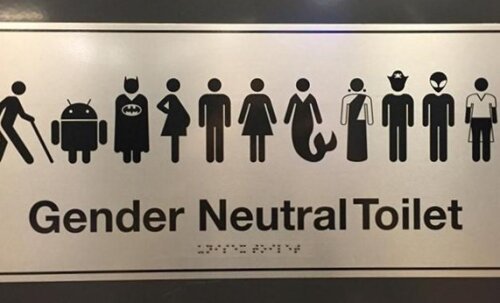
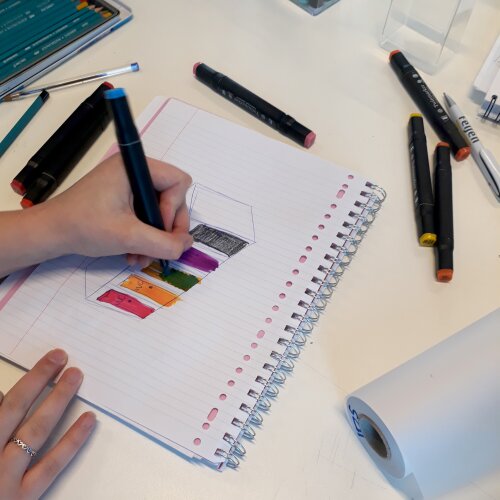
In the workshop we start from an existing design “solution” or intervention in society of your choice, that aims to be inclusive for a certain group of users. This could be for instance a sign for depicting gender neutral toilets (the sign, it says that “all genders are equal”. But it also says, “we cannot be bothered to make a toilet that is for non-binary people”. It also says, “we have this toilet because we are woke, or because we are afraid of people who are woke and will criticize us if we don’t have it”). Through ideation and actually designing what is (not) comfortable and (un)ethical we make will such dilemmas explicitly visible, which will help to understand the issue and discover the (lack of) freedom that a designer has. This way, designs functions more as conversation starter than as actual solution to the problem. From there we will try to end up with designs that are really inclusive, keeping other people’s potential discomfort in mind, and present them with pride on Friday afternoon.
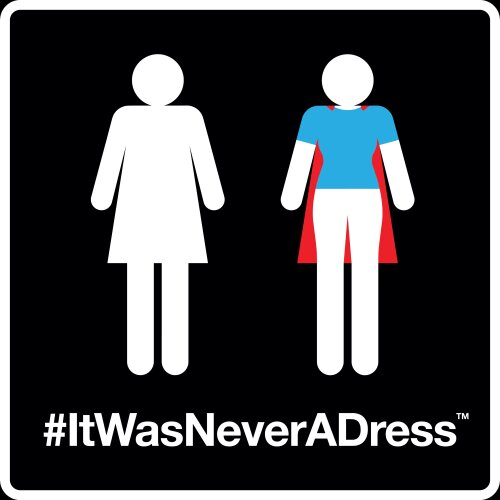
#4 Sketching things and stories
By JanWillem Hoftijzer
De context waarbinnen we als ontwerpers ontwerpen wordt complexer, tegelijkertijd is het aan de ontwerper om dingen zo begrijpelijk en inzichtelijk mogelijk te presenteren , te schetsen. Of het nu eindvoorstellen zijn of juist tussentijd se resultaten. Een goede manier om die complexiteit te vatten is een tijdsfactor toe te voegen aan visualisaties: door het schetsen en visualiseren van scenario's en zgn. narratives Een reeks geschetste beelden die samen en verhaal vormen. In de praktijk worden ook vaak zgn. roadmaps getekend om daarmee een bepaald verhaal te vertellen, een proces uit te beelden. Daarbij spelen een rol: omgang met tekenmaterialen, kiezen van het geschikte view point, zorgen voor ruimtelijkheid , versimpeling, compositie, en uiteraard de helderheid van het verhaal(tje) dat je wil vertellen .
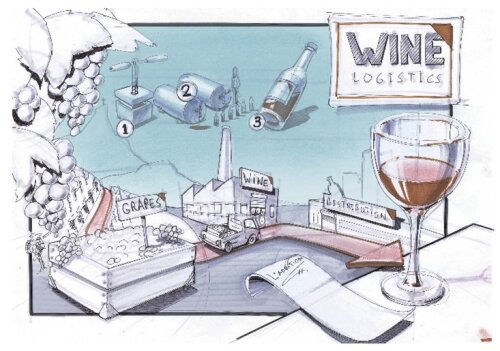
Deze workshop getiteld 'Sketching things and stories' gaat dieper in op het tekenen van de elementen van zo'n verhaal , de tactische overwegingen daarbij , en vervolgens op de compositie van het geheel. Daarbij worden vaak zowel analoge als digitale m iddelen ingezet.
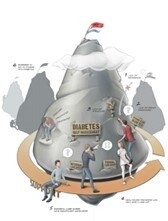
Tijdens de week zullen verschillende technieken en oefeningen aan bod komen, die je zullen helpen om een bepaald (gekozen) ver h aal uit eindelijk visueel (getekend) te kunnen vertellen en delen met anderen.
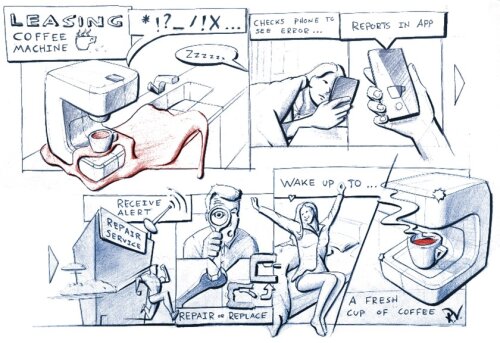
#5 Simplicity in everyday life
By Ward Mertens & Nicholas Erreweyaert
As product designers we believe in the power of improvement, especially when it comes to enhancing the usability and functionality of everyday products. In this workshop, we will guide a group of students through a creative journey of identifying, analyzing, and reimagining existing products to make them more suitable and presenting them in a clean and straightforward way without compromising on aesthetics.
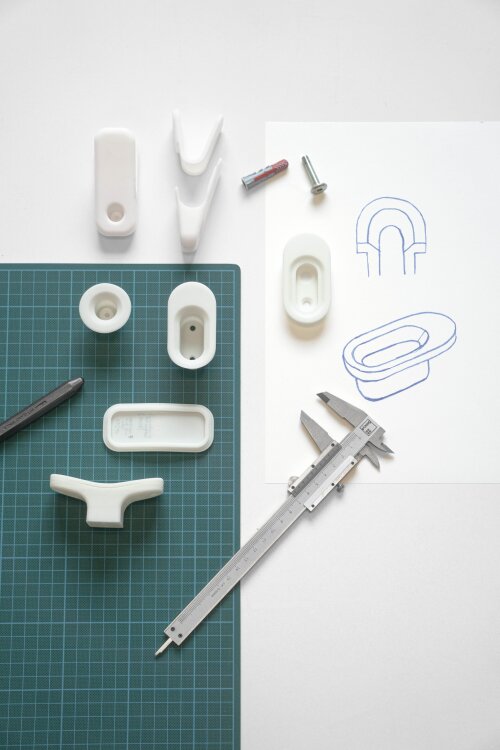
Workshop Structure:
- Introduction and Product Spotting:
• We will introduce ourselves as product designers and share our experiences and workflow.
• Use cases: Contemporary designers and their unique design techniques.
• Product spotting: Students will go out on their own to identify products with unnecessarily complex designs that have room for improvement.
• Gathering moment: Reviewing printed photos and selecting products for enhancement. - Design with Minimal Means:
• Morning: Individual exploration using basic sketching tools like crayons to arrive at a simple design language.
• Afternoon: Low-fidelity prototyping that encourages the exclusion of ornaments. - Clarification:
• Individual presentation of sketches and initial design models.
• Concept selection and further development by groups. - Detailing:
• Introduction to KeyShot - how to create a recognizable and clean render.
• Refining and adding details to a 3D model to enhance realism.
• Creating a final prototype using basic materials such as balsa wood, metal pipes, etc.
• Each team completes a poster with the rendered images and a clear product description. - Presentation and Feedback:
• Submission of posters for printing.
• Presentation and feedback.
• Exhibition.
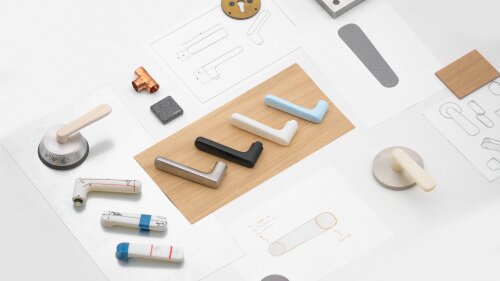
Learning Outcomes:
• Providing Insights into Contemporary Designers & Techniques:
• Students will gain insights into contemporary designers and their techniques.
• They will learn to critically analyze complex products and, through abstract design techniques, avoid unnecessary ornamentation.
• Students will learn how to create simple yet robust products through simplicity.
• They will learn to create clean and recognizable visualizations in KeyShot.
• Students will learn to create a simple but clear prototype that conveys the right message at a glance.
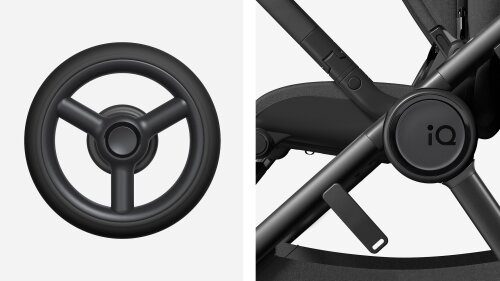
#6 Pack it better
By Filip Fransen & Arne Brys
Shifting from single-use packaging to reusable packaging is not only about the product design. It requires a holistic approach with an answer on the collection,
reverse logistics, and incentivizing people. During this week let’s explore: events, take-out, home delivery and retail. You’ll work in groups of 4 or 5. As a team you are free to work out a complete system or zoom in on a specific challenge in your use case.
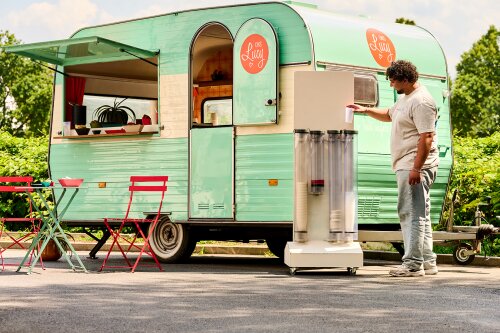
- Form a team: Collaborate with like-minded individuals or participate individually.
- Define one or more segments:
- Events (festivals, sports, music…)
- Take-out (food trucks, restaurants…)
- Home delivery (DIY meal preparations, prepared meals…)
- Retail
- Events (festivals, sports, music…)
- Develop your idea that addresses the challenge: Put your creative minds to workand design a comprehensive solution. Remember, your proposal doesn't have to befully worked out. The emphasis is on presenting a compelling idea. Every idea isjudged on its desirability, feasibility, and viability.
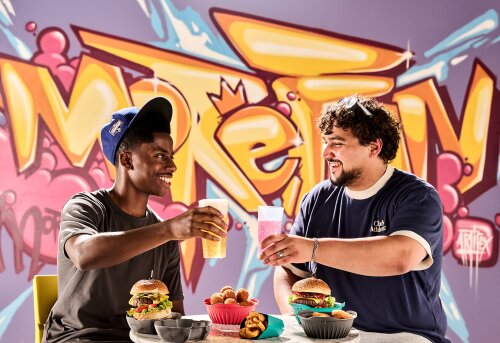
You’ll work with 2 product developers who worked on circular systems companies like McDonalds, KLM and other major brands. You’ll learn to do observations, design sprinting principles, team work, plan your work and work as a team in fun way. Join us to make a change for the planet!
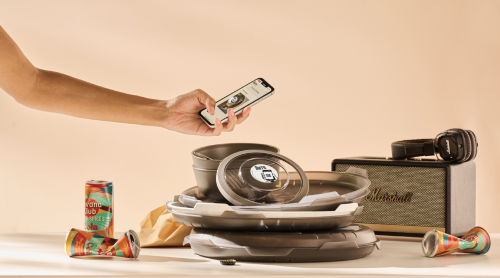
#7 Future Shock Orchestra
By Chiara Percivati, Valerio Lorenzoni, Davide Paolillo & Toon Chaerle
In this workshop, we will explore and create musical instruments using electronics kits like Arduino and Daisy, sensors, 3D-modelling, 3D printing, laser cutting, coding, and sound design. Our goal is to develop a new generation of instruments that can enhance the abilities of musicians, creating augmented instruments.
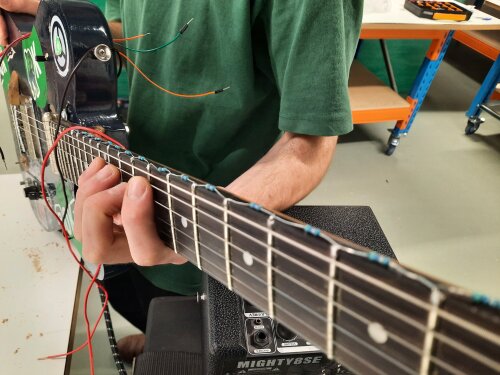
The tutors have experience with various aspects of this type of augmentation and will assist/guide the students through the augmentation process. The workshop will be conducted in collaboration with a team of students from the Conservatoire (instrumental, composition and electronic music classes), creating a multidisciplinary group with UA students. The workshop will conclude with a concert/performance on Friday.
The title of the workshop is a reference to the original book by Alvin Toffler (1970): the future is here, and we need to make sense of the information age. It also alludes to Herbie Hancock’s quintessential album, which blends contemporary and traditional jazz in a pop format. We will revisit such interpretations and similar concepts to present-day tradition in musical performance.
For this workshop, we are looking for motivated product development students:
• who have finished the course “Electronische aspecten van Productontwikkeling” or have otherwise gained experience with Arduino kits;
• who can play an instrument/like making music and are keen to connect to musicians.
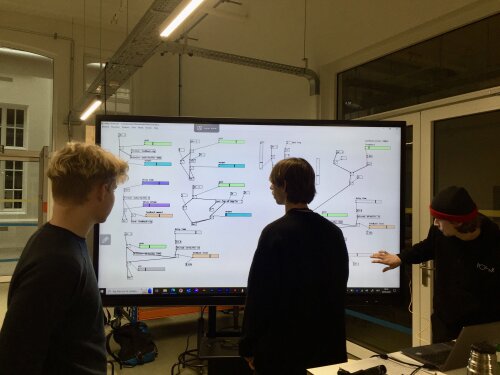
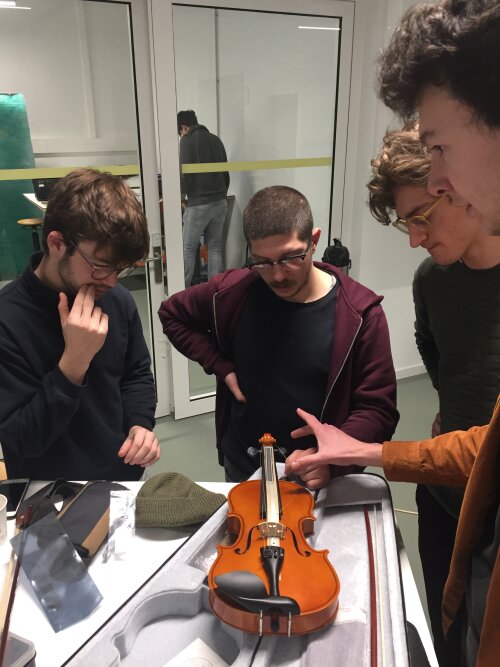
#8 Building light structures
By Gert Verheule
Domes, zomes, dodecahedrons, icosahedrons, buckyballs, 3D structural grids, lattice structures… These meshed type structures are basically made of straight lines of specific length connected at specific angles.
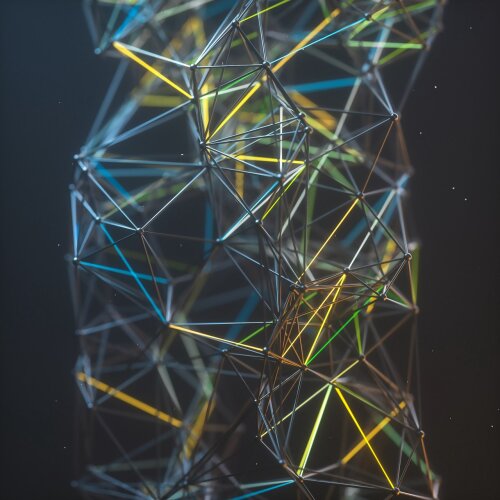
In this workshop we will make meshed structures that incorporate light sources/lamps/leds… How will you integrate your light points into your structure? How will you connect your rods, sticks, bars, …? Is your structure going to be self supporting/hanging/standing…? How will you power your light source? Will you play with reflectance, light intensity, change of colour… ? Let’s build stuff.
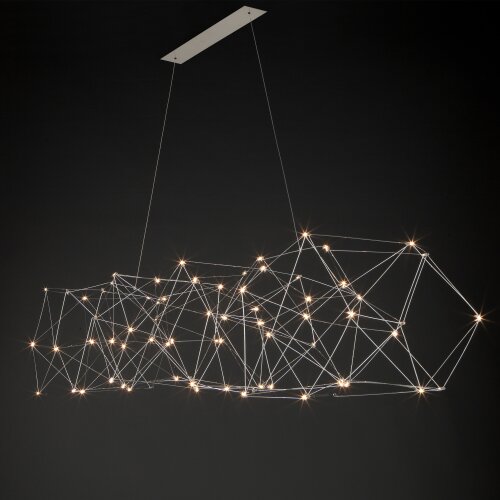
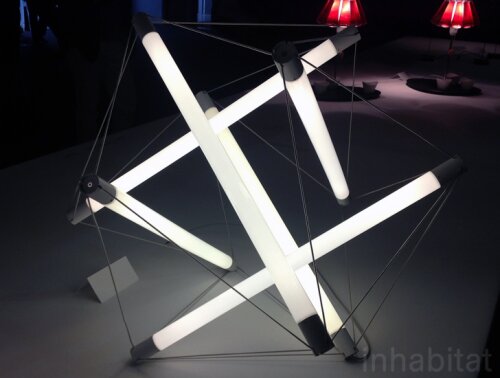
#9 Urban Air Mobility
By Ward Van Houdt & Tom Dewaele
In cities grappling with traffic congestion, Urban Air Mobility (UAM) presents an innovative vision for the future of transportation. By incorporating electric vertical takeoff and landing (eVTOL) aircraft and drones, UAM not only offers rapid and eco-friendly alternatives but also envisions a multi-dimensional approach to urban mobility, significantly reducing ground-based traffic while enhancing connectivity and sustainability in densely populated urban areas.
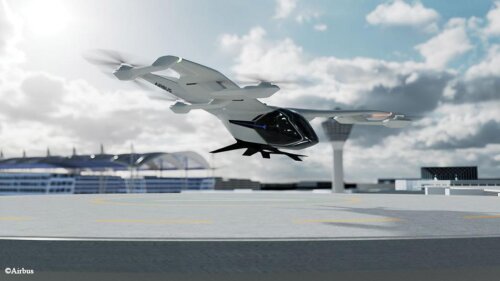
During this workshop we will design an eVTOL aircraft for urban people or cargo transport. We will validate and optimize this with Airshaper's aerodynamics tool.
Explore the limitless possibilities of urban air mobility and be a part of shaping the future of transportation. Basic knowledge of Solidworks is recommended.
#10 R2/D2. Robot Ride / Digital Drive.
By Felipe Roo Clefas
In this workshop we will design the interior of a fully autonomous driving car. The vehicle will operate on a global car sharing platform. You will choose a world city (e.g. Paris, London, Tokyo,…) and implement some local cultural background in the interior styling. Of course we will include all the functional requirements for the journey in the shared car.
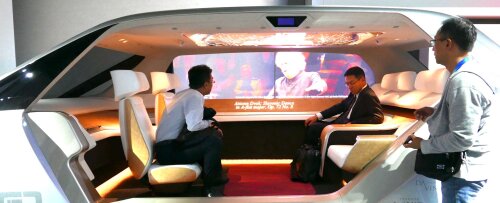
#11 IGNITE YOUR IMAGINATION
By Jochen Schollaert
Rethink the Civic Type-R or Honda e
Get ready for a journey into the world of automotive design. The workshop offers an opportunity to engage with the whole design process, using the famous Civic Type-R or electric Honda e as the starting point for your creative exploration.

What to expect
Concept Exploration: Imagine a world where your imagination knows no bounds!Whether your inspiration is drawn from the sustainability movement, the world of racing, the realms of manga, or the future of mobility, this is your chance to explore automotive design with the Honda e or Civic Type-R as the canvas. Connect with Your Driver: Search for the desires and dreams of your potential driver—maybe he or she is an eco-conscious activist or a speed enthusiast? Design a car that resonates with their soul, creating a connection between human and machine.
Mood Boards Magic: Transform your inspirations into visuals. Make mood boards that capture the essence of your concept and let them be the guides of your design journey.
Sketching Odyssey: Let your creativity flow on the paper. From nature-inspired lines to futuristic curves; experiment and refine until your vision takes shape in dynamic sketches.
Final Proposal: From the initial concept to exploration sketches, summarise your week with a final proposal for one specific car item. Whether it's a groundbreaking spoiler, an innovative new feature or a racing-inspired alloy wheel, let your design shine!
